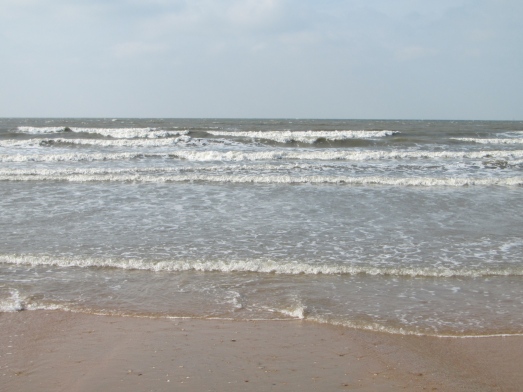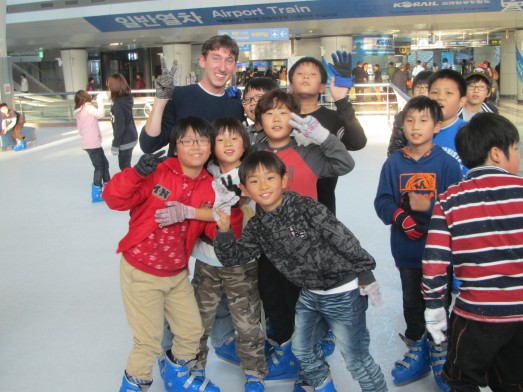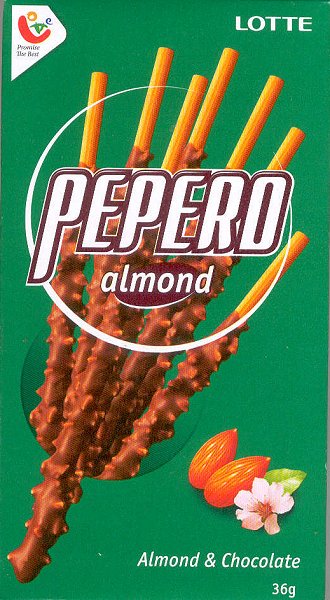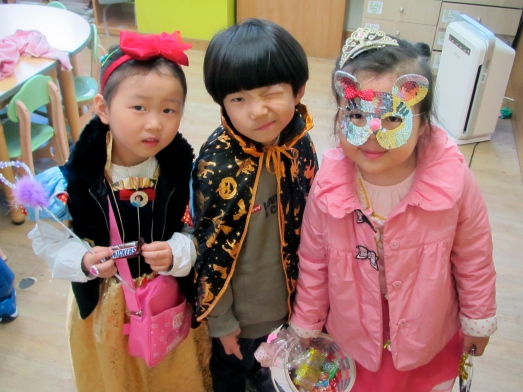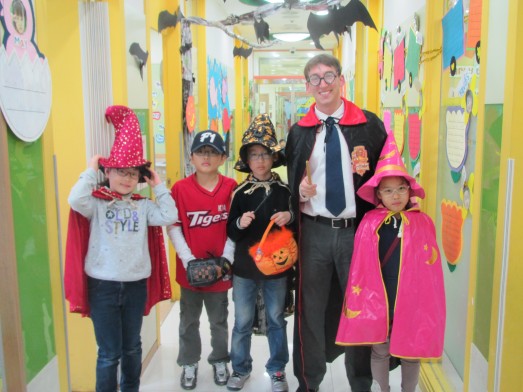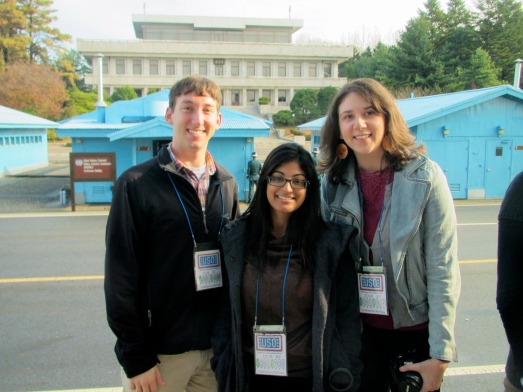 This weekend I went north of Seoul to the DMZ, the Demilitarized Zone dividing North Korea from the South which is also, ironically, the most heavily militarized place on Earth despite its name. Ever since the ceasefire agreement between the North and South at the end of the Korean War in 1953, the DMZ has acted as a political and cultural boundary keeping the Soviet-led communists in the North from being influenced by the American-led democracy in the South. Logistically, it’s next to impossible for me to visit Pyongyang, the major city on the North side, so I did the next best thing and took a trip to the Joint Security Area straddling the border.
This weekend I went north of Seoul to the DMZ, the Demilitarized Zone dividing North Korea from the South which is also, ironically, the most heavily militarized place on Earth despite its name. Ever since the ceasefire agreement between the North and South at the end of the Korean War in 1953, the DMZ has acted as a political and cultural boundary keeping the Soviet-led communists in the North from being influenced by the American-led democracy in the South. Logistically, it’s next to impossible for me to visit Pyongyang, the major city on the North side, so I did the next best thing and took a trip to the Joint Security Area straddling the border.
I met a couple of friends at the army base in Seoul bright and early for a 7:30 AM bus departure. We went on a tour with the USO so we were able to go places you can only visit with army escorts. The drive from the center of Seoul to the Joint Security Area at the DMZ only took about an hour, which is kind of strange to think about considering much of that hour was spent stuck in the chaos that is Seoul traffic. Our bus was stopped outside the Joint Security Area entrance and an escort hopped inside, instructing us of where we were allowed to take pictures and how we were allowed to interact with the North Korean guards we would be standing only a few feet from. He also gave us a brief history of the war and told us what life in the villages along the base is like for the Koreans who have lived in the area longer than the DMZ has been around.
 Our first stop was the border. We went into a small building that looked more like a bright blue trailer than anything else and found out this was the conference room where officials from both sides meet. The border goes through the building so anyone who walks past the center of the room crosses over into North Korea. Needless to say, I did this and can now technically say I have been in North Korea. The room is packed with tables and chairs and is occupied by a couple of guards to make sure we didn’t run over to the North to take on Kim Jong-il. Outside the conference room, more guards were standing directly across from one another on both sides of the border. Seeing the guards was the first surprising moment for me, not because they had their fingers wrapped around loaded weapons but because I was seeing a North Korean person for the first time ever. It was an odd feeling putting faces to the stories always playing on the news.
Our first stop was the border. We went into a small building that looked more like a bright blue trailer than anything else and found out this was the conference room where officials from both sides meet. The border goes through the building so anyone who walks past the center of the room crosses over into North Korea. Needless to say, I did this and can now technically say I have been in North Korea. The room is packed with tables and chairs and is occupied by a couple of guards to make sure we didn’t run over to the North to take on Kim Jong-il. Outside the conference room, more guards were standing directly across from one another on both sides of the border. Seeing the guards was the first surprising moment for me, not because they had their fingers wrapped around loaded weapons but because I was seeing a North Korean person for the first time ever. It was an odd feeling putting faces to the stories always playing on the news.
 The next stop was a lookout point that offered a view of Kijong-dong, the propaganda village north of the boundary. The village is the home of the (former) largest flagpole in the world and loudspeakers playing broadcasts about the wonders of North Korea. Kijong-dong is also, apparently unoccupied for the most part. Many buildings are just shells that make the area look prosperous. This part of the tour was the most interesting, in my eyes, because other than the propaganda village there was no development in sight. Mountains surrounded large fields and it was impossible to tell what was North Korea and what was South Korea. As different as the two countries are politically they really are the same geographically. Seeing the mountains rise up in the distance made me realize that North Korea is an actual place, not just an idea or story, and that place is much closer to my apartment than I ever thought about.
The next stop was a lookout point that offered a view of Kijong-dong, the propaganda village north of the boundary. The village is the home of the (former) largest flagpole in the world and loudspeakers playing broadcasts about the wonders of North Korea. Kijong-dong is also, apparently unoccupied for the most part. Many buildings are just shells that make the area look prosperous. This part of the tour was the most interesting, in my eyes, because other than the propaganda village there was no development in sight. Mountains surrounded large fields and it was impossible to tell what was North Korea and what was South Korea. As different as the two countries are politically they really are the same geographically. Seeing the mountains rise up in the distance made me realize that North Korea is an actual place, not just an idea or story, and that place is much closer to my apartment than I ever thought about.
 After the lookout point we got back on our bus and went to the Third Tunnel, a tunnel the North dug under the border. There were many tunnels discovered but this one happened to be close to the Joint Security Area so it’s the one we saw. Inside there was nothing special to see, it was a tunnel and that’s about it, but the fact that I was standing in a remnant of the Korean War was pretty neat.
After the lookout point we got back on our bus and went to the Third Tunnel, a tunnel the North dug under the border. There were many tunnels discovered but this one happened to be close to the Joint Security Area so it’s the one we saw. Inside there was nothing special to see, it was a tunnel and that’s about it, but the fact that I was standing in a remnant of the Korean War was pretty neat.
Our last stop was Dorasan Train Station, the end of the line for all South Korean trains. This station is designed to be the entry into North Korea if and when reunification ever happens and provide a railway connection between Seoul and Pyongyang. When we got inside we paid 1,000 won (or about $1.00) and bought a “ticket” headed for Pyongyang, allowing us to go out onto the platform and see the actual end of the line. The station has a giant sign on the wall that says “Not the last station from the South, but the first station towards the North.” From what I saw this really was the last station from the South. I’ll believe it truly is the first station towards the North when I can put my ticket to use and hop on a train to Pyongyang.
 From Dorasan Station we boarded the bus again and headed back to Seoul. The trip wasn’t terribly long but it was well worth the visit. Not visiting the DMZ in Korea would be akin to not seeing the Eiffel Tower in France. To celebrate our visit to Korea’s equivalent to the Eiffel Tower a group of us went to grab some dinner. Where? The only place to eat after spending a day on the border: On the Border. Nothing goes better with a trip to the Hermit Kingdom than margaritas and chimichangas, after all.
From Dorasan Station we boarded the bus again and headed back to Seoul. The trip wasn’t terribly long but it was well worth the visit. Not visiting the DMZ in Korea would be akin to not seeing the Eiffel Tower in France. To celebrate our visit to Korea’s equivalent to the Eiffel Tower a group of us went to grab some dinner. Where? The only place to eat after spending a day on the border: On the Border. Nothing goes better with a trip to the Hermit Kingdom than margaritas and chimichangas, after all.
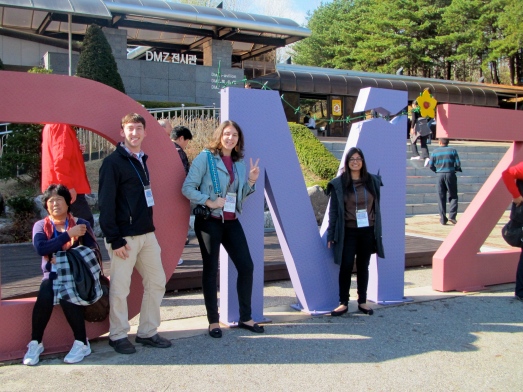
0.000000
0.000000
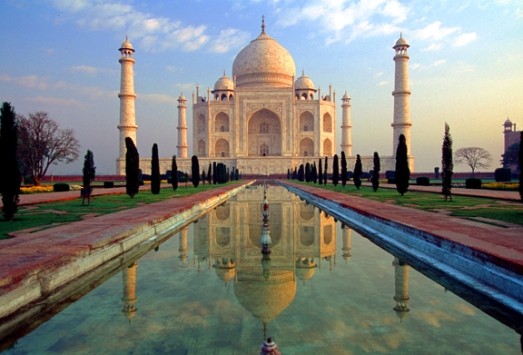 Given that Seoul is just about as far from Plymouth Rock as geographically possible, Thanksgiving is not exactly the most important of celebrations in Korea. I went to work and when I asked my classes if they knew what day it was in America, most students were clueless. Much like Halloween and the Fourth of July, Thanksgiving seems to be an American experience that has not made the jump across the Pacific.
Given that Seoul is just about as far from Plymouth Rock as geographically possible, Thanksgiving is not exactly the most important of celebrations in Korea. I went to work and when I asked my classes if they knew what day it was in America, most students were clueless. Much like Halloween and the Fourth of July, Thanksgiving seems to be an American experience that has not made the jump across the Pacific.
